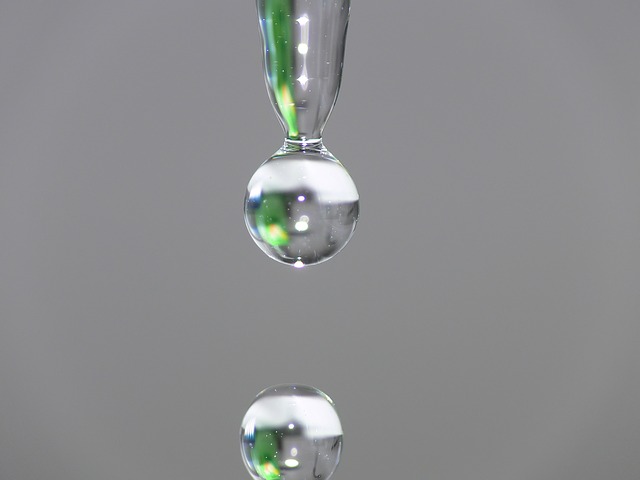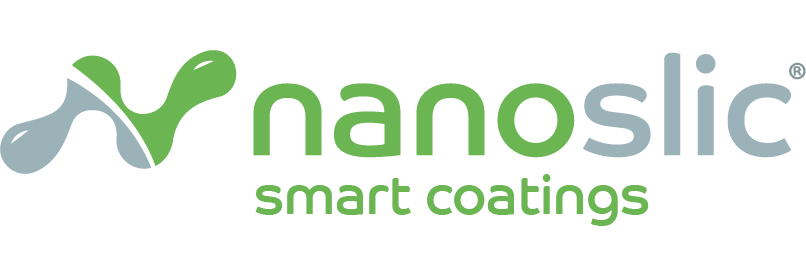NanoSlic Hydrophobic Spray Coating
The next time it rains, watch as drops land on the closest window. Do you see how they bead up, pool together, and roll off the surface? While the age and texture of the glass will have some effect, glass itself is hydrophobic – a material that repels water and water-based materials.
Hydrophobic materials have a variety of applications today.
From Teflon-coated frying pans to the popular Rain-X applicator for windshields, hydrophobic coatings help keep materials clean, quick-drying and protected from the elements.
Often, though, application of coatings is messy and inexact. Wiping or dipping leads to uneven, or even spotty coverage. Industrial applications often involve complex machinery for chemical vapor deposition or plasma spray techniques. NanoSlic’s simple hydrophobic spray applicator gives maximum flexibility for large and small operations while maximizing even coverage.
One of the key uses for hydrophobic coatings is electronics, particularly those used in outdoor environments. By both sealing off circuit boards and rapidly removing moisture from the surface, a hydrophobic spray coating both protects and ensures long-life.
Two of the greatest challenges, though, are ensuring the coating remains bonded to the surface, as well as resisting abrasion. This is where the unique chemical composition of NanoSlic vaults to the front of the field, with top marks for hydrophobicity, adhesion, and abrasion resistance.
NanoSlic’s unique structure works in three ways:
A dense network of strong chemical bonds to the applied surface
An inert, high-performance binder polymer ceramic layer to add hardness, insulation, and scratch resistance
A highly hydrophobic contact surface
Hydrophobicity occurs because the shape of a water molecule allows for partial positive and negative charges to be distributed among different points in each molecule’s surface. When an adjoining surface also has a polar structure, those microcharges attract. Thus the more non-polar a material is, the more hydrophobic.

Hydrophobicity is measured by how “spherical” a water drop is as it sits on a surface.
As the hydrophobicity increases, the high surface tension of the water pulls itself away from the surface more and more into a sphere.
Surfaces are considered to be hydrophobic if the contact angle between the water droplets and surface are between 80⁰ and 120⁰.
Nanoslic’s average 106⁰ contact angle marks it as a peer in hydrophobicity to Telfon (109⁰).
Unlike any other coating, the hydrophobic spray application of NanoSlic catalyzes a chemical reaction that takes place during the curing phase. As the coating dries, the bottom layer chemically bonds to hydroxyl groups on the surface. Meanwhile, the essential non-polar molecules align themselves and form the coating’s surface. The advantage of this approach is that a high degree of adhesion and abrasion resistance is achieved.
NanoSlic hydrophobic spray coatings are an excellent choice for the most demanding applications and challenging environments. Its unique structure and chemical composition prevent normal degradation when applied to many surfaces. This means greater efficiency, reduced maintenance, longer life and ultimately significant cost savings.
